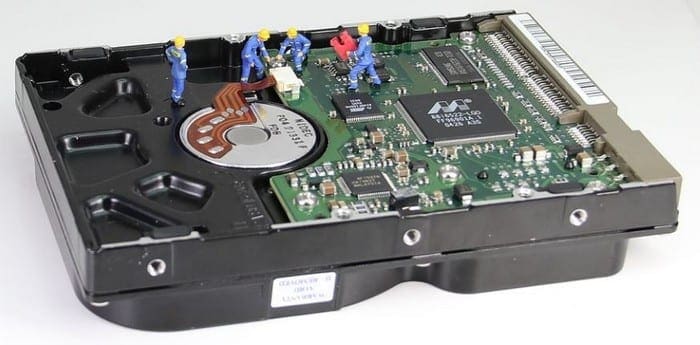Tip: HDD stands for Hard Disk Drive, SSD stands for Solid State Drive.
Contents
Whats the Difference?
SSDs use flash memory to record data in electrical charges on transistors.

There are no spinning or moving parts in an SSD, data is written and read electrically.
Tip: V-NAND stands for Vertical NAND flash.
NAND flash is named that way because the physical architecture of the transistors resembles a logical NAND gate.
Note: This mostly applies to high capacity drives, with the effect reduced at lower capacities.
The largest HDDs commercially available in 2020 have 16 TB of storage and cost around US$470.
you oughta reduce the capacity to just 2 TB to get an SSD under US$470.
An HDD, however, costs between US$20 and US$30.
As such for any PC, HDDs are a far more cost-effective solution than using SSDs.
HDDs are less prone to aging effects if left in an otherwise safe environment.
SSDs can operate as low as -55 degrees Celsius.
In comparison, HDDs can only operate between 0 and 55 degrees Celsius.
Both SSDs and HDDs have use cases.